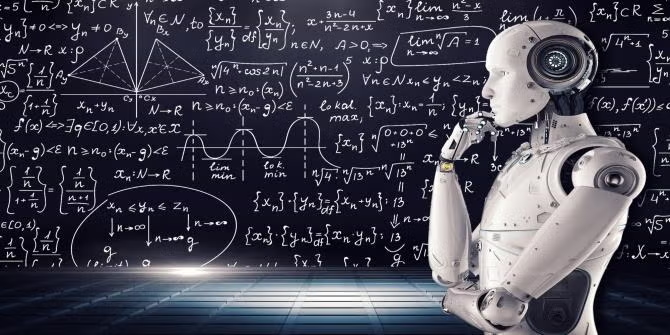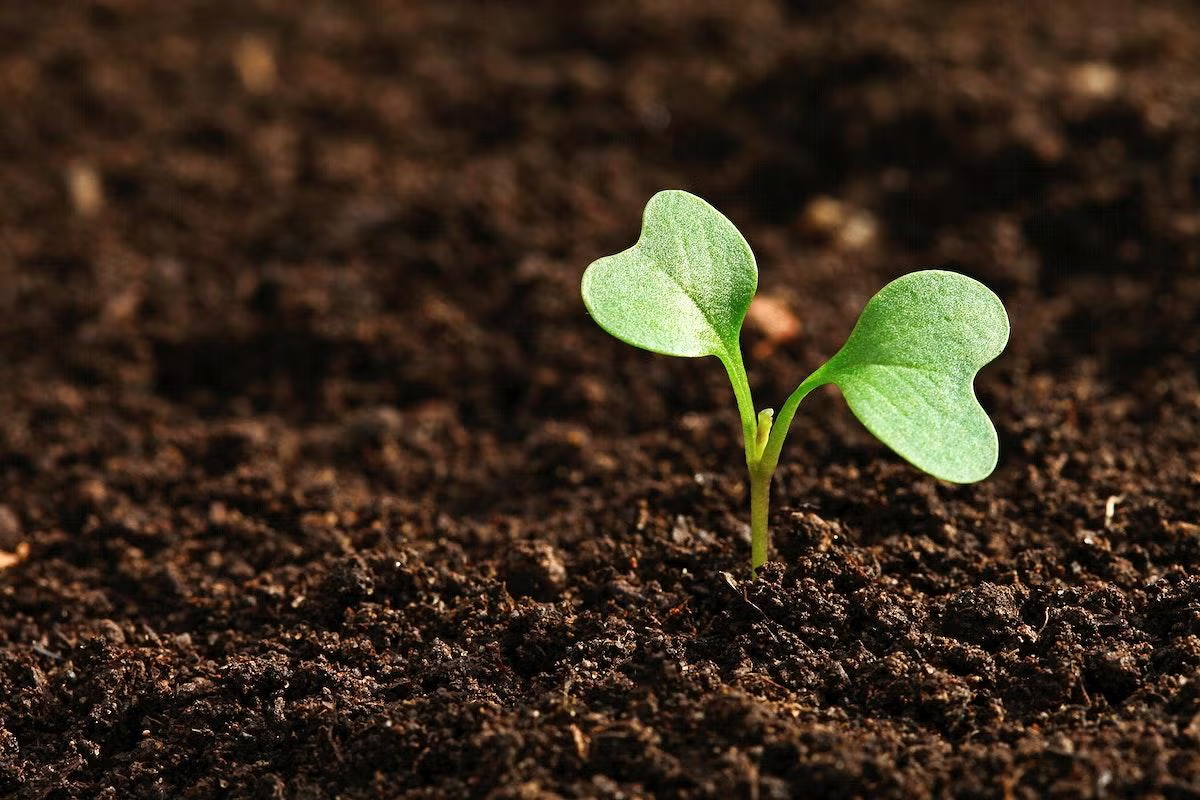In this lesson, students use the Kepler’s Laws PhET Simulation to collect data on the period and average radius of the planetary orbits. They graph and analyze that data to derive Kepler’s 3rd Law.
This is the second part of this unit on the duff layer in a forest. After learning after duff and its potential impact on forest fires in the last lesson, students will be following the engineering
This 45-minute lesson uses the book, "How to Catch an Elf", to lead into a cooperative engineering design lesson where students work in teams to build a humane trap to capture an elf.

This is a great opportunity to show students that coding can be a lot of fun, and it doesn’t have to be scary. Many high school students with little to no prior coding experience often automatically
After completing a unit on weather, students will be challenged to research, design, construct and attach a snow plow to their Edison robot. Then they will create a scratch code that will navigate

In this lesson, students focus on the engineering design process to help them design, build, and test a functional bow and arrow system like the character Brian Robeson in the book "Hatchet". Students
This lesson will develop an awareness of the critical importance of access to clean water for survival in the wilderness, drawing inspiration from the book "Hatchet." Students will recognize the vital
Students will learn about the difference between potential and kinetic energy by building a ramp. Three objects will be tested down the ramp to see which one can go the farthest. Data will be
Students design and engineer a paper backpack to hold all the supplies swallowed by the well-loved old lady in "There Was An Old Lady Who Swallowed Some Books". They follow the engineering design
Students will explore bird habitats and research how natural and human-caused changes to habitats or climate can impact populations. They will participate in an engineering design challenge to model a
This project will be an opportunity for students to demonstrate their understanding of cell structures and functions in a creative, collaborative way that will require critical thinking. Students will
The goal of this engaging science lesson is to deepen students' understanding of magnets, electromagnetic forces, and their practical applications in real-world technology. Aligned with the 7.P2U1.1
In this engaging lesson, students will use cams to practice data collection and graphing skills. A variety of resources are built into this lesson including a slow reveal graph with directions, videos
Using the engineering design process, students will identify a structural or spatial problem on their school campus and then plan, design, evaluate and redesign a structural and spatial solution while





Featured Lesson Plans
Check out these notable lesson plans.

Saltwater vs. Freshwater
In this lesson students will show the proportion of freshwater compared to saltwater on Earth. Students will define the problem of having a limited amount of fresh water using evidence gathered from

In this outstanding lesson, teachers facilitate students to design and build Meet Edison Robots for Cougar Clash “BattleBot” robot battle classroom tournament. (We named ours Cougar Clash as your

This is the final lesson for the How do sunflowers grow? unit. In this lesson, students will plant their sunflowers outside. They will continue to monitor the growth of their sunflowers. They will


